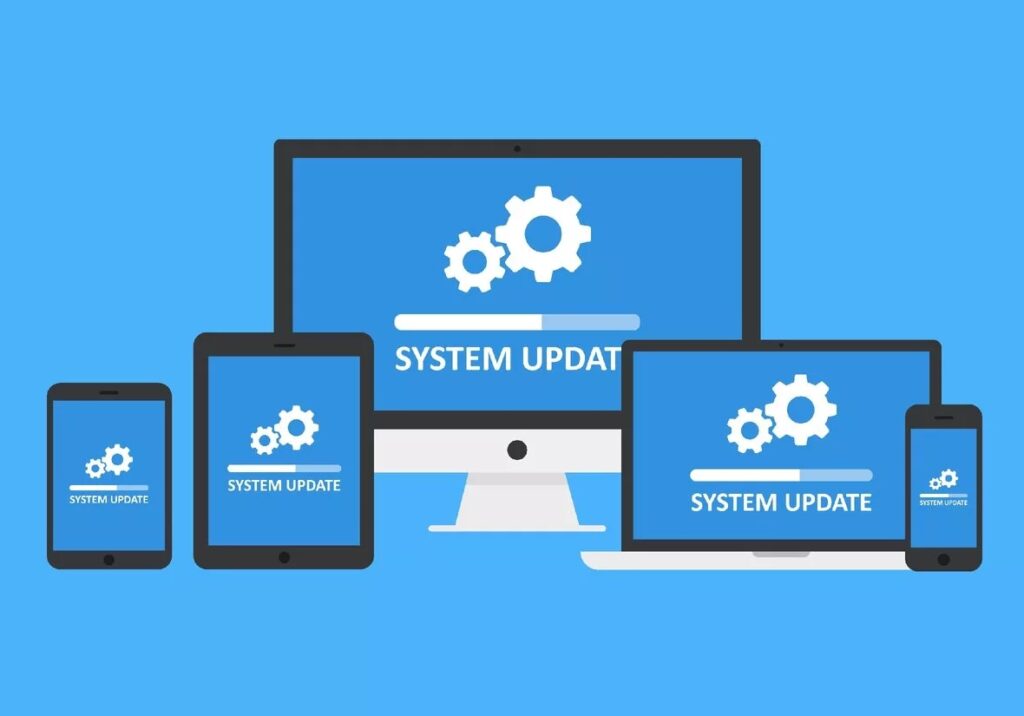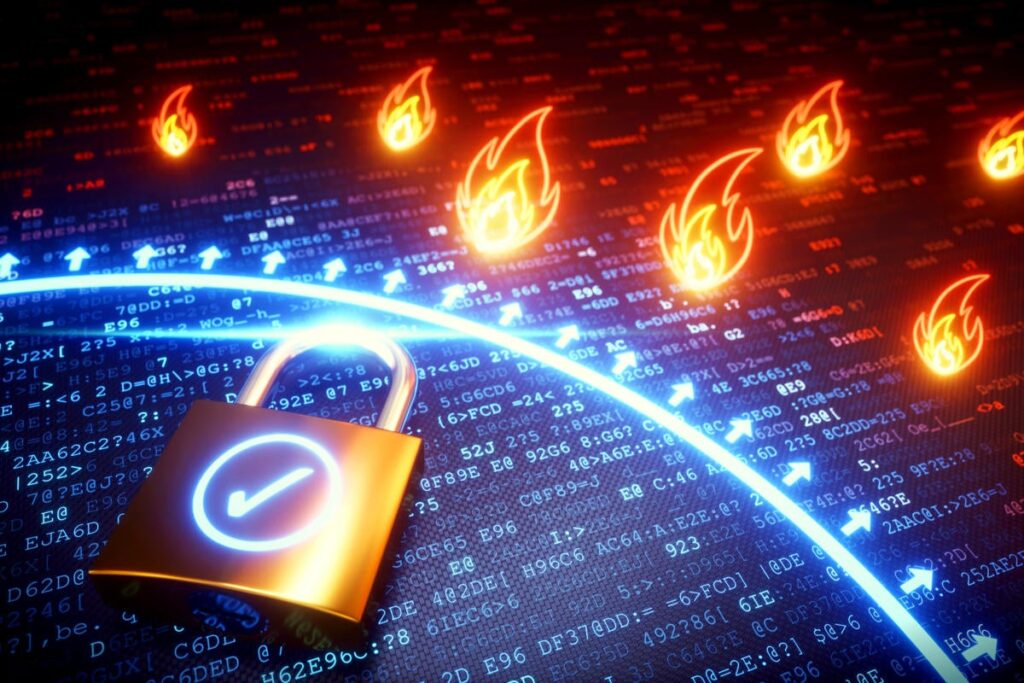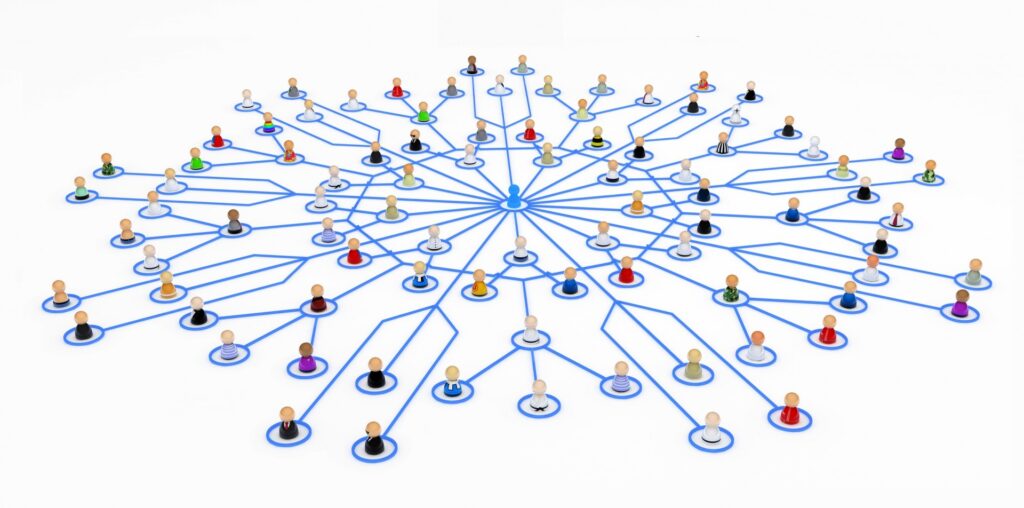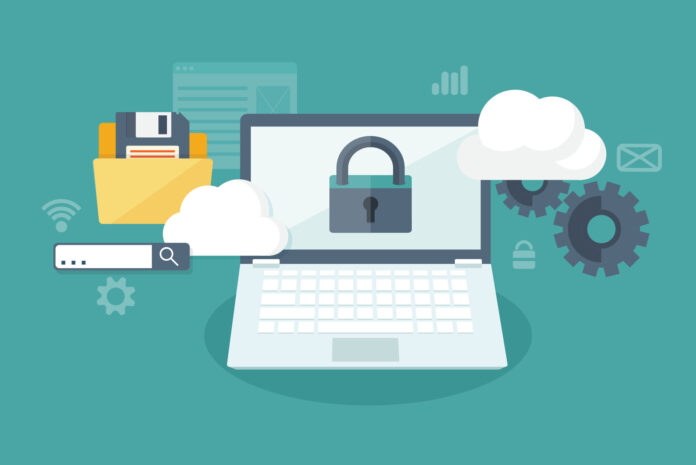Cyber security is crucial for every business and individual. With the constant increase in malware, ransomware and other malicious online activity, it’s never been more urgent to take some basic steps to ensure the security of a network.
This article will share tips and tricks for setting up a successful cyber security plan. Security begins with individuals understanding the risks they face and knowing how best to protect themselves against them.
The following are some of the key fundamentals that entities and individuals should deploy to protect themselves against IT threats:
1. Use of an Updated Operating System

The operating system is often the target of hackers. Updating the operating system frequently reduces the likelihood of becoming a victim.
Different entities and individuals adopt different approaches to updating their systems. Some download updates as they are released, while others wait for a few months before downloading an update.
However, everyone should be aware that the longer they stay before updating their system, the more likely they will be targeted by hackers.
2. Use of a Virtual Private Network (VPN)
Using a VPN is one of the essential steps in cyber security against potential attacks. A virtual private network masks one’s identity and makes it possible to access unfiltered content in public places like public Wi-Fi networks.
A virtual private network significantly reduces the chance of information theft. It also ensures that an entity or individual is identified as safe by security systems when using a public internet connection.
Besides that, a virtual private network ensures that servers behind a firewall allow encrypted traffic. This feature guarantees the safety of a network by locking it down.
3. Use of Strong Passwords
In most cases, a hacker can guess or crack an individual or business’s password if it’s weak enough. Therefore, it is vital to use strong passwords to avoid becoming prey to hackers.
A strong password should be at least eight characters long and should contain numbers, capital and lowercase letters, as well as symbols like @#$*.
The password should also get changed regularly. Most experts believe that a password should be changed at least every two months to maintain security against hackers.
4. Enable Two-Factor Authentication

Two-factor authentication is an essential step for most entities and individuals against potential threats.
The concept behind two-factor authentication is that an individual has to provide two forms of identification when logging in to the network – like a password and something they are holding. This process makes it difficult to guess passwords and makes impersonations possible.
Besides that, two-factor authentication also ensures that an individual is only authorized to access their data. Meaning that no one else can access their files unless they have the correct password and a physical device used to log in.
5. Install Antivirus on All Machines
Many experts recommend that every computer should have an antivirus installed to prevent untold damage from hackers and other online dangers like ransom ware.
A strong antivirus software can even prevent phishing attacks, which pose as legitimate websites to trick browsers into downloading malware onto a device.
Although it is sometimes necessary to temporarily close down a computer to update an antivirus software, it is never the right thing to do. It’s better to update the antivirus software after restarting the system and opening up files.
Once computers have been updated, they should also regularly get scanned with antivirus software. Experts recommend doing this approximately twice a week.
6. Perform Routine Data Backups
Every entity and individual should ensure that their data is backed up regularly. It is important to store backups in a different location from the central system so that it does not get damaged should an attack occur.
A backup is a lifesaver in case of data loss due to an attack, but it can also come in handy whenever there are file corruptions, data loss or other problems. There are several types of backup to explore, including local, offline and remote backups. Each of these has its advantages and disadvantages.
Local backups are done on the same computer that stores the files, offline or remote backups are on a different computer, while cloud backups are stored in online cloud storage services like Google Drive, Dropbox and Amazon S3. Each type of backup is complex in its own way, so most experts recommend using a combination of them to secure data against all types of threats.
7. Install a Firewall

A basic firewall protects a system from malicious files and other threats from the internet. Most operating systems have a built-in firewall that enables users to restrict access to the system and files from other sources.
However, it is important to note that most operating systems do not provide complete protection against cyber threats. That is why most experts encourage using third-party security software for improved security.
This software includes virus scanners, antivirus programs, anti-spyware applications, and firewalls. Such software can get used alongside the system’s firewall to ensure that it is secure.
8. Training Employees on IT Security Matters
Everyone who works with computers should be trained in information technology security. Doing this is essential because employees can contribute significantly to the vulnerability of a system by making it easier for hackers to gain access.
Employees should get trained on how to keep their devices secure, use strong passwords, and handle malware and ransomware attacks. It is also imperative to train employees on how to deal with phishing attacks, which are an effective way for hackers to access a system or an individual’s data.
9. Use Secure Communication Channels
All communication should be encrypted. Doing this ensures that the data will remain private even if it is shared with other entities. The most secure form of communication is a secured, encrypted channel known as an HTTPS connection. Such a connection encrypts communications between a web browser and a server and all data passing through it. Using an HTTPS connection helps prevent man-in-the-middle attacks where an attacker delivers fake security updates.
The man-in-the-middle attack is part of a process known as SSL Stripping, which renders websites vulnerable to hacking and malware attacks. If website owners do not even bother to enable encryption, they are leaving themselves open to malicious people who can attack their sites without their users noticing.
10. Ensure Network Segregation and Segmentation

For a company, a single computer with various functions might be more convenient than several computers. However, having a computer with many functions increases the vulnerability to attack. There are different threats that can get carried out over an entire network, and many others target specific parts of it. For example, some hackers target the main server while others target individual computers or resources.
In order to secure against these different threats, it is necessary to segregate networks and ensure that they do not share the same vulnerabilities.
IT security is important to every entity and individual. Follow the above tips to stay safe and secure. You can also hire a company that specializes in managed IT security services if your company has grown to a size where you can no longer effectively manage it yourself or in-house.









